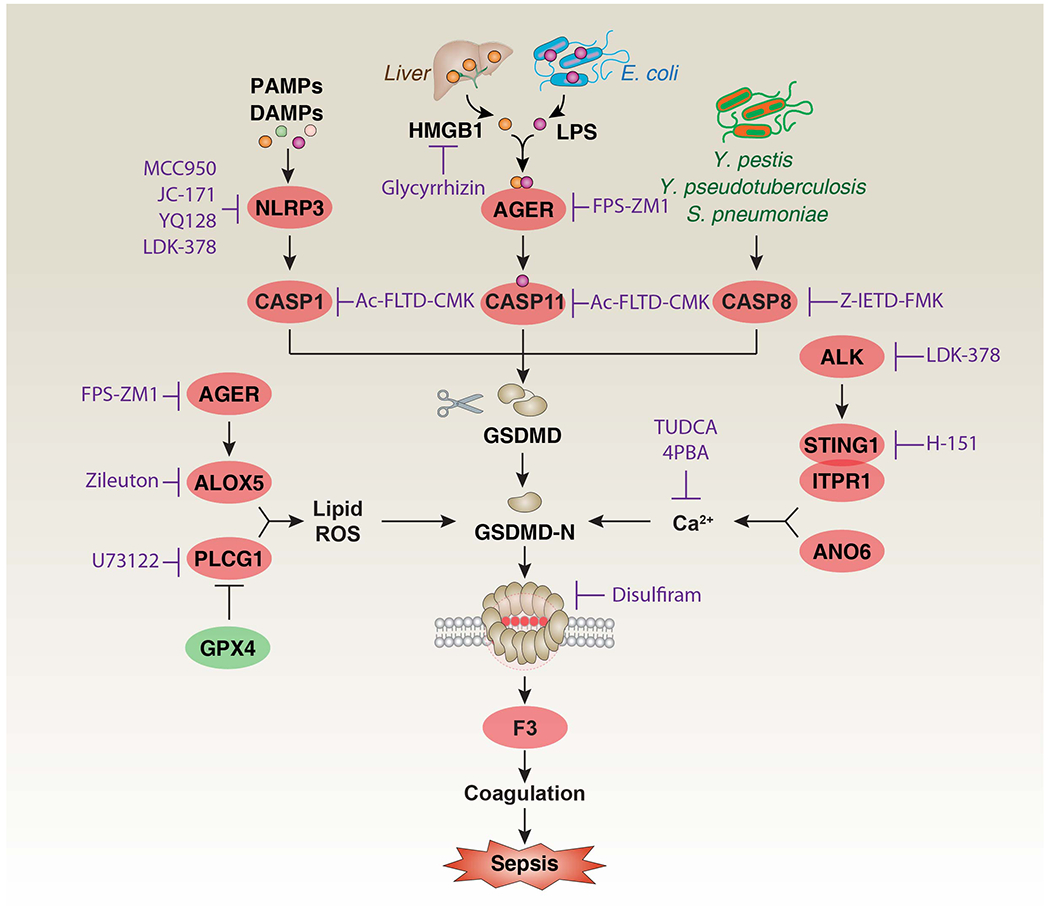Figure 2. Mechanism and regulation of GSDMD-mediated F3 release and activation in mouse sepsis.

GSDMD is the substrate of CASP1, CASP11, and CASP8, producing two fragments: GSDMD-N and GSDMD-C. GSDMD-N triggers pyroptosis and subsequent F3 release and activation by forming pores in the plasma membrane [14, 17, 18]. The activation of GSDMD-N is positively regulated by lipid ROS and Ca2+ [121, 122]. The generation of lipid ROS is related to AGER-dependent ALOX5 activation and GPX4 depletion-induced PLCG1 activation [59, 80]. The increase in Ca2+ influx is related to the STING1-ITPR1 complex-mediated ER calcium release and ANO6 signal in the plasma membrane [17, 18]. In addition, HMGB1 released from the liver can deliver extracellular LPS to the inside to activate CASP11 through its receptor AGER [55]. These inflammatory immune pathways can ultimately lead to the F3-mediated coagulation cascade in myeloid or epithelial cells, and have been associated with sepsis [17, 18, 55, 67]. Abbreviations: AGER, advanced glycosylation end-product specific receptor; ALK, ALK receptor tyrosine kinase; ANO6, anoctamin 6; ALOX5, arachidonate 5-lipoxygenase; CASP1, caspase 1; CASP8, caspase 8; CASP11, caspase 11; F3, coagulation factor III; GSDMD, gasdermin D; GPX4, glutathione peroxidase 4; ITPR1, inositol 1,4,5-trisphosphate receptor type 1; HMGB1, high mobility group box 1; LPS, lipopolysaccharides; NLRP3, NLR family pyrin domain containing 3; PLCG1, phospholipase C gamma 1; ROS, reactive oxygen species; STING1, stimulator of interferon response CGAMP interactor 1.
